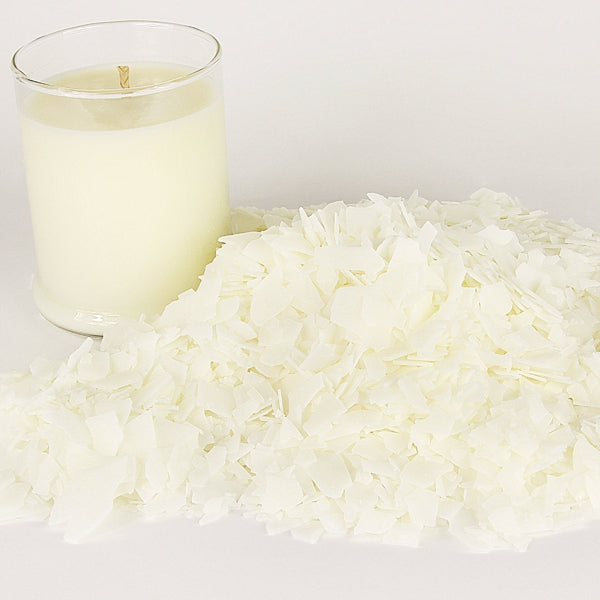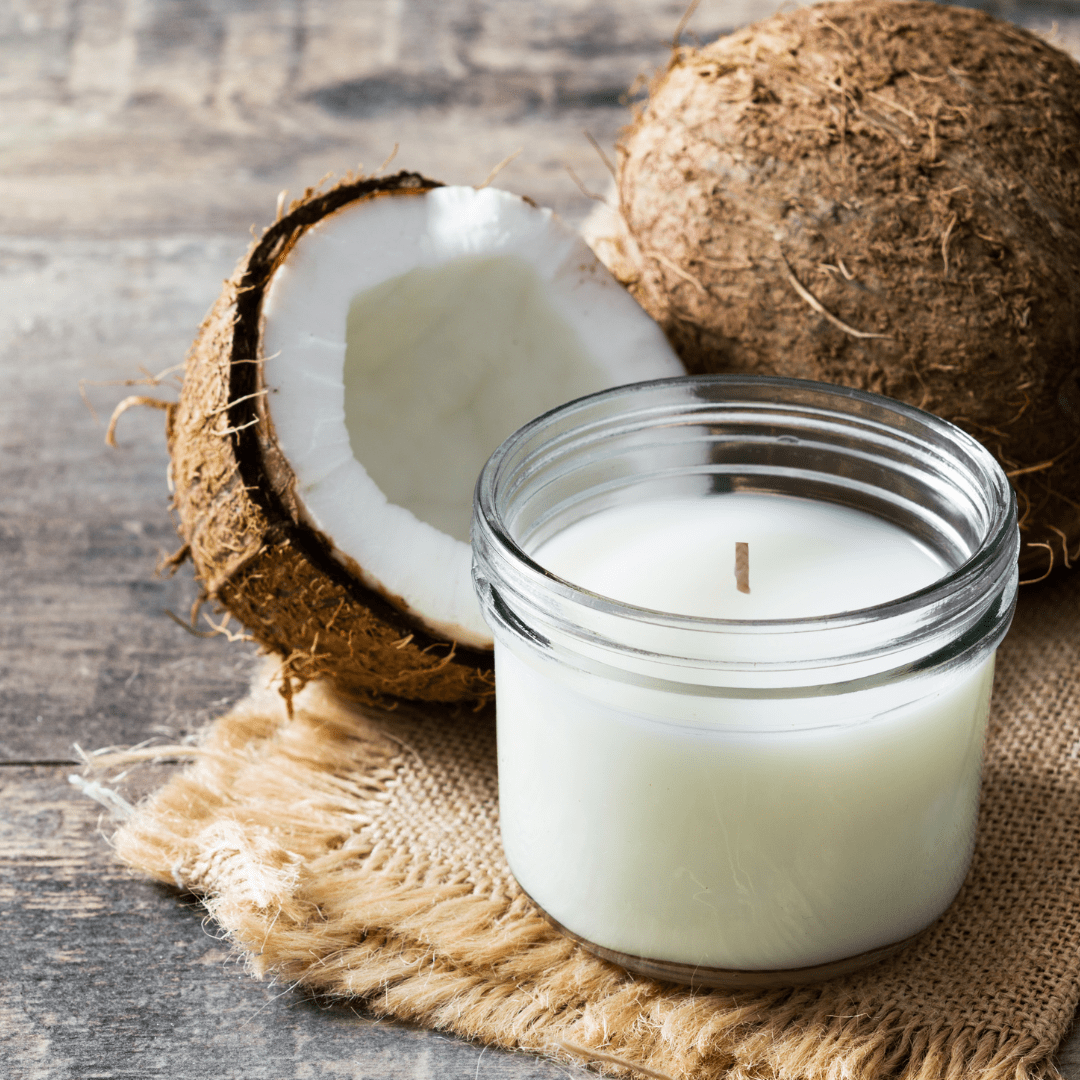Raise Your Space with Costs Soy Wax Candles and Home Fragrance
Raise Your Space with Costs Soy Wax Candles and Home Fragrance
Blog Article
From Wick to Wax: Comprehending the Chemistry Behind Soy Wax Candles and Their Environmental Influence
As we illuminate our rooms with the warm glow of candle lights, there lies a world of intricate chemistry behind the seemingly basic act of lighting a soy wax candle. The choice between soy and paraffin wax prolongs past simple aesthetic appeals, delving right into the realm of ecological impact and the extremely make-up of the products. Recognizing the molecular framework of soy wax and its burning procedure sheds light on the exhausts released right into our environments. Join us as we unravel the clinical ins and outs behind soy wax candles and explore their implications on our environment.
Soy Wax Vs. Paraffin Wax
When contrasting soy wax and paraffin wax for candle making, it is crucial to comprehend the unique characteristics and advantages of each product. Soy wax is a natural, sustainable source stemmed from soybean oil, making it eco-friendly and naturally degradable - crystal soy candles. On the other hand, paraffin wax is a result of oil refining, which elevates concerns about its ecological impact and sustainability
Soy wax candle lights melt cleaner and discharge less soot contrasted to paraffin wax candle lights, making them a much healthier option for indoor air high quality. Additionally, soy wax has a reduced melting point, permitting for a longer-lasting candle that distributes fragrance a lot more successfully. Paraffin wax, on the other hand, has a tendency to burn faster and less easily, possibly releasing hazardous chemicals into the air.
From a sustainability viewpoint, soy wax is favored for its biodegradability and eco-friendly sourcing, aligning with the expanding customer choice for eco aware items. While paraffin wax has actually been a typical selection in candle light making as a result of its affordability and ease of usage, the shift towards eco-friendly options like soy wax is obtaining momentum in the sector.
Chemical Structure of Soy Wax

Burning Refine in Soy Candles
The chemical make-up of soy wax directly affects the burning procedure in soy candle lights, influencing variables such as burn time, fragrance launch, and ecological influence. When a soy candle is lit, the warm from the flame melts the wax near the wick. This fluid wax is then drawn up the wick because of capillary action. As the liquid wax gets to the flame, it evaporates and goes through combustion. The combustion procedure involves the vaporized hydrocarbons in the wax reacting with oxygen airborne to produce warmth, light, water vapor, and co2.
The burning efficiency of soy candle lights is affected by the purity of the soy wax and the high quality of the wick. A clean-burning soy candle with an effectively sized wick will reduce and create a steady fire soot development. This not just prolongs the shed time of the candle light yet also improves the launch of fragrances. In addition, soy wax candles have a lower environmental influence compared to paraffin candle lights as a result of their renewable and biodegradable nature.

Ecological Advantages of Soy Wax

Thought about a lasting choice to conventional paraffin wax, soy wax provides remarkable environmental advantages that make it a prominent choice amongst eco-conscious customers. Soy wax burns cleaner and produces less residue than paraffin wax, adding to far better interior air quality and lowering the requirement for cleaning and maintenance. Generally, the ecological advantages of soy wax line up with the growing need for lasting and environment-friendly products in the market.
Recycling and Disposal Factors To Consider
Recycling and correct disposal of soy wax candle lights play an essential function in preserving environmental sustainability and lowering waste in houses and neighborhoods. When it pertains to reusing soy wax candle lights, the very first step is to guarantee that the candle light has melted totally. This can be accomplished by permitting the candle light to burn until the wick is no longer useful, and afterwards letting the continuing to be wax cool and solidify. As soon home as the wax has actually strengthened, it can be very carefully removed from the container.

In terms of disposal, if recycling is not an option, soy wax candle lights are naturally degradable and can be safely gotten rid of in the majority of household waste systems. Nevertheless, it is always advised to inspect with local recycling centers or waste monitoring services for certain guidelines on candle light disposal to make sure proper handling and environmental management.
Verdict
To conclude, the chemistry behind soy wax candles reveals their ecological advantages over paraffin wax candles. Soy wax, derived from soybean oil, burns cleaner and generates much less soot when compared to paraffin wax. The combustion procedure in soy candles is extra reliable, causing a longer and extra even melt. Additionally, soy wax is naturally degradable and renewable, making it a more sustainable choice for candle light manufacturing. Reusing and appropriate disposal of soy wax candles further add to their environmental impact.
When comparing soy wax and paraffin wax for candle light production, it is essential to understand the unique characteristics and advantages of each product (soy wax Your Domain Name candles).Soy wax candles melt cleaner and release less residue compared to paraffin wax candles, making them a much healthier selection for indoor air quality.Thought about a lasting choice to typical paraffin wax, soy wax offers significant environmental advantages that make it a prominent choice among eco-conscious customers. Soy wax burns cleaner and produces much less soot than paraffin wax, adding to much better indoor air high quality and reducing the demand for cleansing and upkeep.In conclusion, the chemistry click to read behind soy wax candle lights discloses their environmental advantages over paraffin wax candles
Report this page